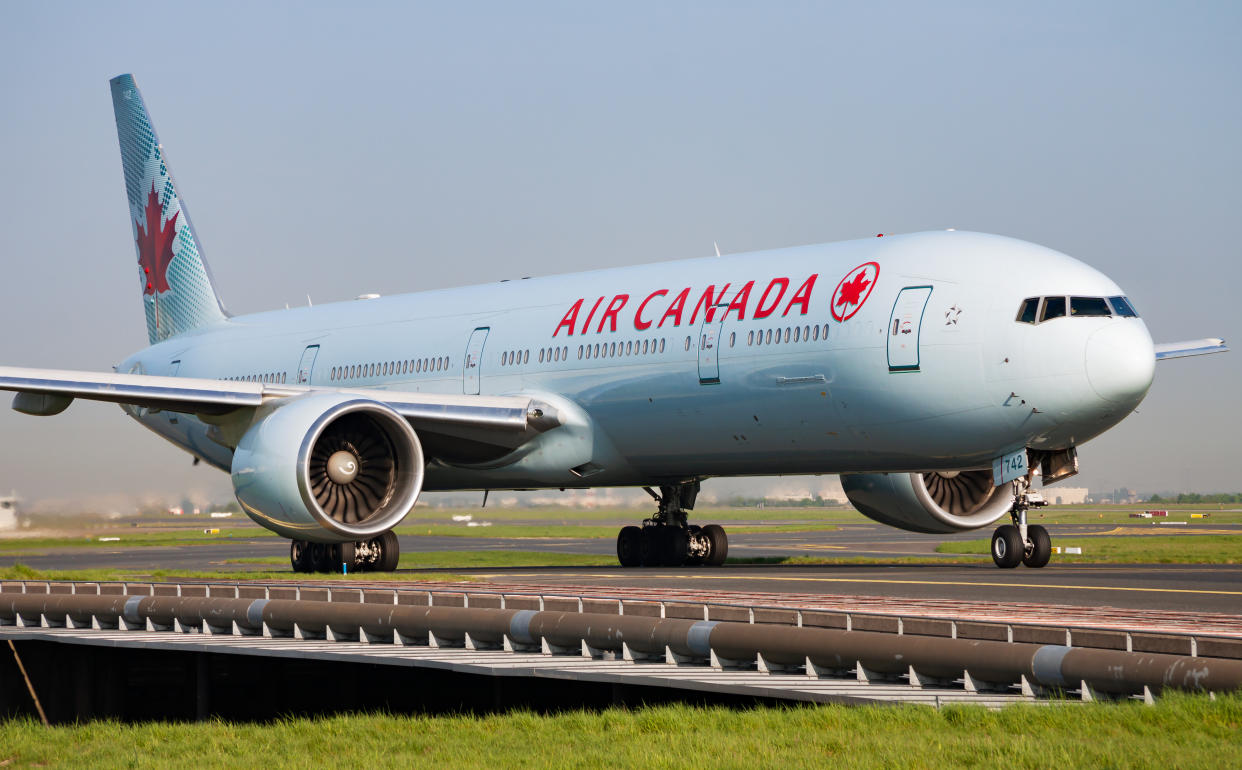Air Canada turns to wage subsidy program to rehire, keep employees

Air Canada, which had cut approximately 16,500 jobs due to the COVID-19 pandemic, said it plans to rehire and keep employees on the payroll by using the federal government’s wage subsidy program.
Canada’s largest airline announced Wednesday that it will apply for the federal government’s Canada Emergency Wage Subsidy (CEWS) program and use it towards its workforce of 36,000 employees.
Ottawa recently expanded the wage subsidy to cover all businesses struggling with the economic effects of the coronavirus. When the program was first rolled out in March, it offered a 10 per cent salary subsidy exclusively for employees of small and medium-sized businesses. The subsidy has since been bumped to cover 75 per cent of wages, and is available to businesses of all sizes.
In order to qualify for the program, companies need to show that revenue declined by at least 30 per cent. Air Canada said seat capacity in the second quarter has declined by between 85 and 90 per cent when compared to the same time last year, resulting in “significant revenue losses.”
Air Canada announced last month that it would cut employees as a result of the coronavirus pandemic, which has led to a severe decline in traffic as governments imposed strict travel restrictions and passengers stay home.
“Any near-term recovery is reliant on the lifting of domestic and international travel restrictions and return of passenger traffic,” the airline said in a statement.
Air Canada’s chief executive Calin Rovinescu said in a statement that, depending on wage levels, many furloughed employees will receive slightly higher pay than they would have received through employment insurance and will also be able to hold on to their benefits and health insurance.
“While our seat capacity and operations have decreased by more than 90 per cent overnight, we are trying to keep as many of our employees as possible during the crisis and this measure will certainly help,” Rovinescu said.
“Once the crisis passes and passenger demand increases, we look forward to returning as many employees as possible to active status as we resume normal operations.”
Air Canada said the decision to apply for the wage subsidy has the support of all the unions representing Air Canada workers.
The Canadian Union of Public Employees (CUPE), which represents 10,000 flight attendants at Air Canada and Air Canada Rouge, said it was encouraged to see federal support coming for laid-off workers. About 6,800 flight attendants represented by CUPE were placed on “off-duty status” last month.
“This would be an important piece of relief for our members who endured some very difficult times over the past several months,” Wesley Lesosky, president of the Air Canada component of CUPE, said in statement.
“They are due for a little bit of good news.”
The airline has also rolled out several measures aimed at improving the company’s balance sheet through the crisis, including a cost-reduction program aiming to cut $750 million by the end of the year.
Rovinescu and chief financial officer Michael Rousseau have also agreed to forego 100 per cent of their salaries. Senior executives will also forego between 25 and 50 per cent of their salaries while Air Canada’s board members will take a 25 per cent salary cut. Other Air Canada managers will see their salaries reduced by 10 per cent.
Download the Yahoo Finance app, available for Apple and Android and sign up for the Yahoo Finance Canada Weekly Brief.

 Yahoo Movies
Yahoo Movies 

